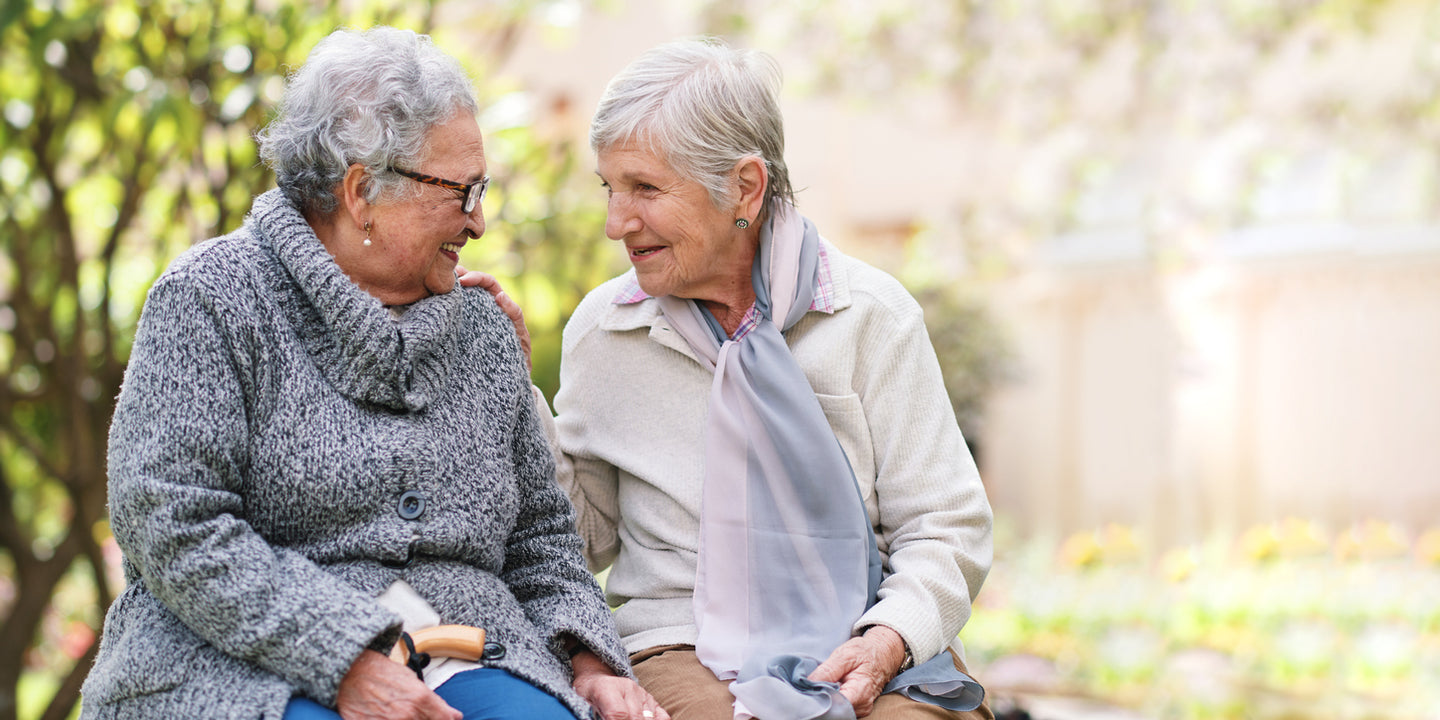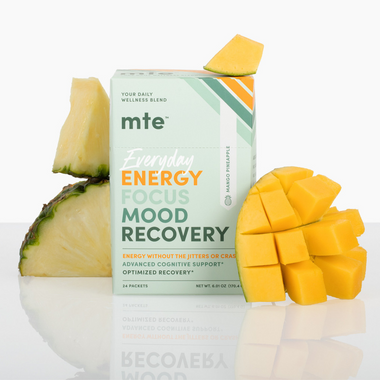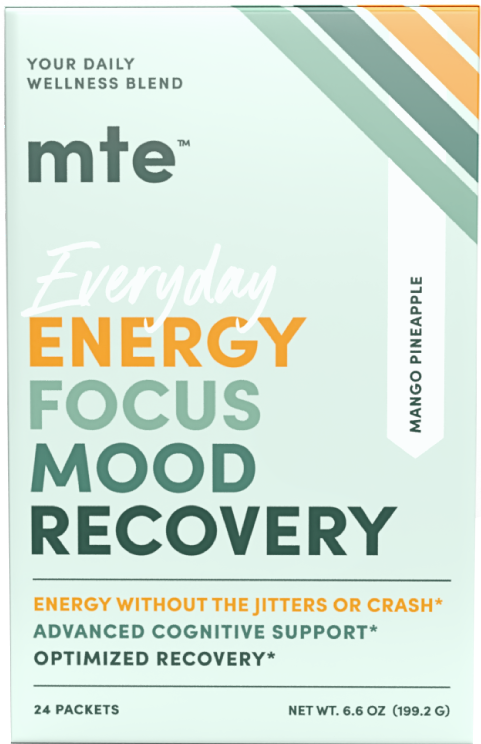
Coloring Outside the Life Lines: Why People Live Longer in Blue Zones
In the great quest to live as long as possible, people are getting pretty weird. Like that dude who did transfusions with his son’s blood because he thought it’d trick his body into Benjamin Buttoning itself. Plastic surgery, cryotherapy, pills, treatments, injections – we are looking everywhere for a way to cheat death for as long as we can. Everywhere except each other.
While the variables from one person, place or culture to another are countless, there are still clear trends around longevity in certain populations. Calling them “blue zones”, researcher Dan Buettner set out to research why 5 specific places around the world boast an average lifespan that blows the rest of us away. What’s their secret to a long life? And is it nature or nurture? Tune in; there’s probably something to it that doesn’t involve drinking your own pee. Seriously – “urine therapy” is a thing in the US, and it’s just, like – why though?
So, let’s talk blue zones: who, where, why, and how we might take a bit of that wisdom into account in our own health and wellness routines:
Ikaria, Greece
The global prevalence of people over 80 is 5%. But 33% of Ikarians live past 90, and encountering a person well into their 100s isn’t uncommon.
Nature? On an island in the Eastern Aegean, Ikarians are several times more likely than the general population to live to 90+, and they have significantly lower rates of heart disease, cancer and diabetes. Dementia is also rare there. Is it genetic? Maybe. Their population is largely isolated and not severely affected by modernization or globalization. Is it culture and lifestyle? More likely.
Nurture? In a longitudinal study called “The Ikaria Study”, medical specialists repeatedly visited the island over 14 years to illness and heart health in 1400 people aged 30 to 110+ across the island. People in Ikaria eat a Mediterranean diet full of healthy fats, whole grains, diverse dark veggies, legumes, and lean meats and seafood.
They also avoid toxic things like smoking and overeating, and over 85% of the island engages in physical activity every day. Keeping a low-stress life and napping in the afternoon are priorities, as well as family and community. And then there’s all that island sun. They’ve really set themselves up for old-old-old age success.
Loma Linda, California
The average lifespan in Loma Linda is 10 years longer than the general US population. People there are 10x more likely to reach 100.
Nature? Bet you didn’t expect to see a location in the US on this list. In fairness, this little cultural pocket could have happened anywhere. It’s religion; this community is comprised of steadfast Seventh-Day Adventists.
Nurture? Diet and exercise are what researchers attribute to the fact that Loma Lindans live a full 10 years longer than the average Californian. They follow a few pillars that they believe lead to godliness. Whether or not they do is up for debate, but it seems they definitely work to help them live longer:
Nutrition
These Adventists follow a Bible-based vegan diet of leafy greens, nuts and legumes, with some also incorporating fish into their diets. This creates a nutrient-rich, balanced diet without processed foods, chemicals, unnecessary sugars or high-cal, high-fat foods that can hurt your long-term health.
Activity
People stay active well into advanced age. Buettner came across a 95-year-old doctor who had just spent the last three days building a fence end up in the hospital – to perform an open-heart surgery! Another woman, 105 years old, rode her stationary bike for 30 min each morning and volunteered at 7 different jobs.
Volunteering
Speaking of volunteering, a pillar of all Abrahamic faiths is service to others, because it’s believed to satiate your soul as well as serve god. In secular terms, volunteering not only keeps you sharp, but it also serves as a way to connect with others in compassionate ways, which can protect mental well-being. Positive outlook is known to be associated with better quality of life and longevity.
Community
Adventists tend to hand out mostly with other Adventists. This provides them with emotional support, social engagement and support for their healthy lifestyle habits with people who share their values. A sense of belonging in an active community is a factor in mental health, physical health and longevity.
Nicoya, Costa Rica
Nicoya has the largest population of centenarians in the world. The average life expectancy is 8 years longer than the rest of the country.
Nature? In the Nicoya Peninsula, men in the rural and mountain communities who reach the age of 60 are 7x more likely to live to see 100 years than men in the rest of the world. With regard to any genetic contributors, there are two – but it’s a chicken-and-egg situation, as we don’t know if these were a cause or a result of Nicoyan lifestyle. (1) They have longer telomeres than the general population, staving off cell death. (2) Methylation patterns in older adults looks like young adult patterns in the general population.
Nurture? First, Nicoya has an environmental advantage that likely plays a role in their long lives: the water is high in calcium and magnesium, which protects against heart and age-related diseases as well as bone loss. Second, Nicoyans eat nutrient-rich tropical fruits in a diverse diet of whole grains, veggies, dairy, and legumes. Third, positive outlook is an important trait, with family, purpose and physical labor being foundational values.
Okinawa, Japan
Okinawa has the highest life expectancy in the world (men: 80, women: 87). People from this region are 40% more likely than the general population in Japan to live to 100+.
Nature? Home to the world’s longest-living women, the southern cultures of Japan have long been referred to as the land of the immortals. Okinawans have been largely isolated for at least the last 5000 years, making their genetic profile distinct. They have the lowest prevalence of heart disease and age-associated diseases in the world. Is it genetics? Probably a bit: siblings of centenarians were 3.1-3.7 times more likely to live to 100 themselves.
Nurture? The long lives of Okinawans is largely attributed to culture. Besides a healthy diet of sweet potatoes, rice, veggies, whole grains, and seafood, several cultural concepts play important roles throughout their lives:
Moai: a lifelong group of friends
At age 5, children are placed into a designated moai. In American, that means squad, except culturally formalized. When researchers looked at Okinawa centenarians, they came across one moai who had been together for 97 years – the average age in the group was 102!
Hara Hachi Bu: the OG 80% rule
An old Confucian phrase repeated before meals, hara hachi bu reminds Okinawans to stop eating when they’re 80% full so they don’t overeat.
Ikigai: a driving sense of purpose
The concept of ikigai follows a person throughout their life, and is thought to be part of how mental wellness plays into longevity. Okinawans focus a lot of their purpose on family and community, which bolsters this protectiveness.
Sardinia, Italy
Adjusting for population sizes, Sardinia has almost 10x the amount of people over the age of 100 than the US does.
Nature? Referred to as “home to the world’s longest-living men”, this secluded island off the coast of Italy was the first “blue zone” to be identified. It was initially explored by researchers for the prevalence of the M26 genetic marker, which is associated with extended lifespan. Sardinians are an isolated population, so their gene pool is largely undiluted, making them an ideal subject for researching such a gene.
Nurture? That isolation endemic to Sardinia also means they have an established and homogenous culture. Caring for family is important. Elders are venerated. Diets are largely whole grains, veggies and lean protein. A couple glasses of wine each day and a solid sense of humor are part of everyone’s make up. They also drink a lot of goat’s milk, which may prevent some degenerative aging processes, including cognitive decline.
What We Can Learn About Life from the Blue Zones
Is it nature? Nurture? A conspiracy by the Illuminati? Who knows. But there are some things we can take away from these sanctuaries for centenarians. Dan Buettner’s original research, which established the term “blue zones”, came across specific consistencies he found across each of these places both in census data and in speaking with centenarians:
- Work movement into your life. The longest-lived people aren’t exercising on purposed so much as living a life conducive to movement - hand tools, kneading bread, walking or biking places, gardening, etc.
- Find your purpose. Buettner describes the blue zones as having a vocabulary for purpose, and cites a recent study that followed 6000 people over 14 years and found that those who could articulate their sense of purpose had a 15% lower risk of dying.
- Unwind with wine. Seriously! Save the Adventists, the populations in the blue zones consume moderate alcohol (2-4 glasses per day).
- Plants and healthy carbs are key. Buettner’s research found that 95% of centenarians in the blue zones ate plant-based diets, including a lot of beans. In addition, whole grains and sourdough (as opposed to yeast) breads are common in their diets.
- Keep a community. Whether it’s family or friends, centenarians spend a lot of time working on the important relationships in their lives.
- Create an echo chamber (not the toxic kind). Healthy lifestyles are contagious, just like unhealthy ones are. People in the blue zones tend to curate a social circle that supports their healthy lifestyle, including activity and diet.
- Listen to your body. This one is twofold. People living in the blue zones tend to have daily habits that help stave the effects of stress, including meditation, ancestor veneration, prayer, happy hour, and napping. As well, many have eating habits that help them prevent overeating, including the 80% rule, chewing more slowly, eating with family, no TV at dinner, etc.
- Reverse your calorie spread. In these places, people tend to eat a large breakfast as the main meal of the day, followed by a small lunch and small dinner.
A big takeaway from Buettner’s research is the consistency of it all. These 100+ year-olds didn’t wake up at 42 and start doing ice baths and strength training to slow the aging process; they live in a culture, place and community that fostered lifelong healthy habits. That’s not to say don’t bother getting your health together if you’re middle-aged, but it is a positive message that diet culture, 90-day workout bootcamps, and one-off “health-boosting” products are not the secret to a longer life. Cultivating a lifelong culture of self-care is very well what may help you live a century… so long as the rising temperatures, catastrophic weather events, famine, and violent political upheaval don’t get you first.
That’s a whole other kind of nature vs nurture.And on the journey to wellness that begets longevity, a daily energy greens powder without caffeine, sugars or any artificial stuff is a great way to give your personal efforts a leg up. Nootropics, adaptogens and superfoods support your best efforts and, in turn, your best life! Check out MTE – The Feel-Good Drink.






